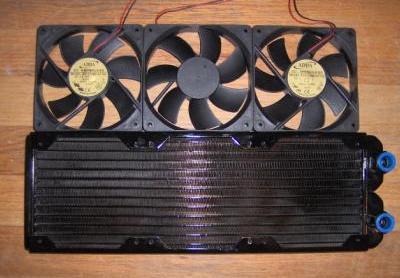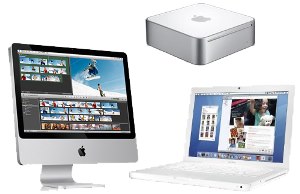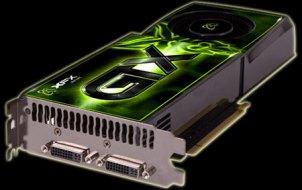Picking a gaming PC is a particularly exciting experience, because it often means living on the bleeding edge of desktop or laptop technology. With the most advanced processors and astronomical amounts of RAM and VRAM, these machines are designed to play the most resource-intensive games without batting an eye. That said, technology of this magnitude does come at a steep price; before buying a new gaming computer, it’s important to consider the manufacturer of the device, the requirements of any games that will be played, and several other things which will ensure both the best deal and the best hardware for the job.
Step 1: Familiarize yourself with the Game’s Hardware Requirements
The whole point of choosing a gaming computer over competing consumer models is to get the most cutting-edge hardware, as it promotes a smooth and often victorious period of gameplay. While getting the most advanced hardware is certainly nice, it helps to be familiar with the actual base requirements of each game that will be placed. This will be essential when figuring out a budget for the machine and sticking with both the game’s requirements and your own budgetary considerations. Make a list of the games to be played, and then make a list of each game’s requirements. From these lists, create a unified listing that takes the most powerful memory, processor, VRAM, and storage requirements, required by each game.
Step 2: Make a Strict Budget for the New Machine and Stick to It
Even if money is not an issue, a strict budget should be made when shopping for a gaming PC. Often, manufacturers will include all kinds of tempting bells and whistles that, while powerful and attractive, will cost customers hundreds or even thousands of dollars. It can be attractive to want the greatest in home computing technology, but it is often not required for typical gameplay. Furthermore, it is usually not required by even the most demanding games. Create a budget, stick to it, and begin to understand which hardware features fit into that budget at most major gaming PC manufacturers.
Step 3: Window Shop and Choose a Manufacturer for the Gaming Computer
Most avid gamers know that they can’t just go to any major manufacturer and pick up a gaming-optimized desktop or laptop system. In fact, most major retailers don’t even sell such systems off their own store shelves. Instead, these systems must typically be bought online from specialty retailers like Alienware, CyberPower, or iBuyPower. Additionally, Dell has their own XPS line of gaming machines that might meet the requirements of some gamers. With the manufacturers in mind, it’s time to window shop and see what the going rate is for the system’s requirements at each of these competitors.
When evaluating these requirements, it’s important to keep some hardware information in mind. This includes picking a 7200RPM hard drive over one which runs at only 5400RPM. This helps the game load faster and function better. A gaming system should also have a base requirement of 1GB of VRAM, though it’s a wise idea to look for at least 2GB of VRAM in order to “future-proof” the machine and make sure that it supports future games. Installed memory outside of the video card itself should not go under 8GB total, and buyers for whom price is not a concern would be well-advised to double that number.
After configuring the system at all of the major gaming PC retailers online, compare prices and features and decide which one is the best value. Keep that in mind as the process wraps up.
Step 4: Make the Machine Attractive with a Unique Appearance
Consumer-targeted laptops and desktops are pretty boring and uninspired, using plain black or aluminum materials to construct a basic rectangular box over and over again. It’s not that there’s anything wrong with this approach, but gaming computers deserve a bit more dedication to style. Indeed, manufacturers like AlienWare are well-known for producing some of the most daring and cutting-edge external cases for their laptop and desktop computers, and gamers owe it to themselves to express their individuality this way. Before fully deciding on a brand, look at the many cases and configurations that can alter the machine’s appearance. Choose something that fits personal tastes and makes onlookers take notice. For the price of these machines, they deserve to turn to heads.
Make the Purchase and Enjoy the Gameplay
With the process of selecting and customizing the machine now complete, it’s time to pull the trigger and bring a new, cutting-edge, and highly capable gaming PC to the table. If it has been configured correctly, it will promote both a long period of successful gameplay and an overall long life free of dreaded lag.


